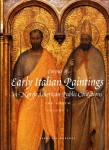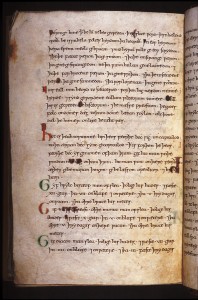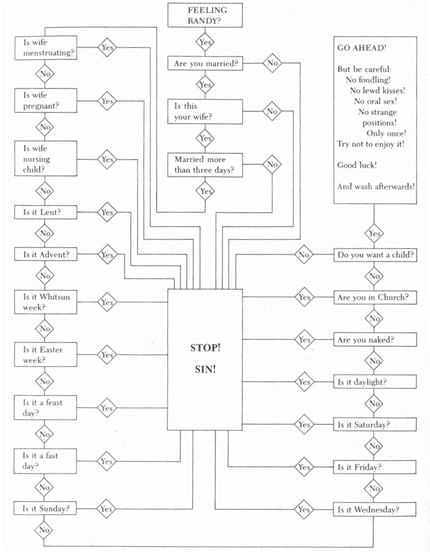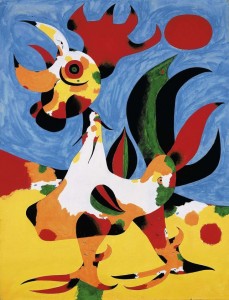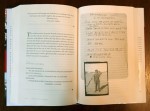 Letters to Jackie: Condolences From a Grieving Nation by historian Ellen Fitzpatrick is a collection of condolence letters Mrs. Kennedy received in the wake of her husband’s assassination.
Letters to Jackie: Condolences From a Grieving Nation by historian Ellen Fitzpatrick is a collection of condolence letters Mrs. Kennedy received in the wake of her husband’s assassination.
The outpouring of grief was so enormous — the White House got 800,000 condolences in the first seven weeks alone — that most of the letters were destroyed. Two hundred thousand pages made it to the John F. Kennedy Library in Boston where Fitzpatrick found them.
Fitzpatrick was at the Kennedy library researching a different book when she asked to see some of the condolence letters in hopes of getting a sense of how Kennedy was perceived by Americans in his own time. As soon as she started reading, she was hooked.
“It was like the roof came off the building, the walls dropped away, the floor came out from under me. I was absolutely floored by what I’d begun to read,” she said Friday. “I have been teaching American history for 30 years, and I’m not sure I’ve ever seen a collection as powerful and that represented so many ordinary people speaking from the heart about their views about American society, and politics, and the president.”
And she had to get permission from every one of the letter writers to include them in the book. This is probably why nobody’s ever done it before and the letters have remain unpublished all these years. After narrowing her list of thousands of favorites down to 240, she was able to track down 220 of the writers. Out them, only 5 declined to be included.
The excerpts in the article are so moving I wept like babby, but the part that struck me the most was Fitzgerald pointing out that we’ve seen so many piles of books about JFK, the assassination, the administration, from movers and shakers, from conspiracy theorists, from historians and from journalists, but this is the first work to collate perspectives from everyday Americans, and they’re just wrenching.
Writing two days [after the assassination], eighth-grader Mary South described learning that the president had been shot just as she sat down to play the church organ at her Catholic school in Santa Clara, Calif.
“I tried to tell myself he would be all right but somehow I knew he wouldn’t. … the tears wouldn’t stop. The slightly damp keys were hard to play but I offered it up that the President might live,” she wrote.
In return for her letter, she received a small card printed with the words “Mrs. Kennedy is deeply appreciative of your sympathy and grateful for your thoughtfulness.”
“Getting that back felt like: She saw this. Jackie saw this,” South, whose married name is Mary Certa, said in an interview Thursday. “I felt good that I had done something. I just wanted her to know how upset we were and how helpless we felt.”
When one of Fitzpatrick’s researchers called and read her letter, “I started to cry all over again,” said Certa, 60, of Campbell, Calif. “It was like I was right back there in 1963.”
I think this approach brings the sheer emotion of the tragedy to the fore like nothing has after all these decades of Camelot and grassy knolls.
